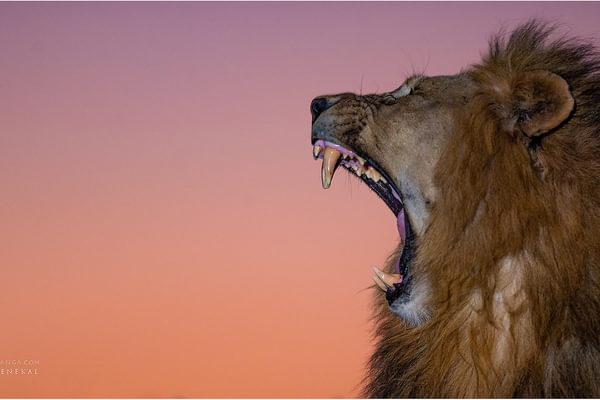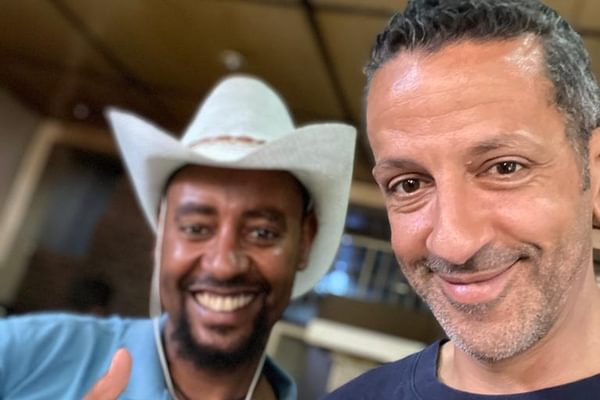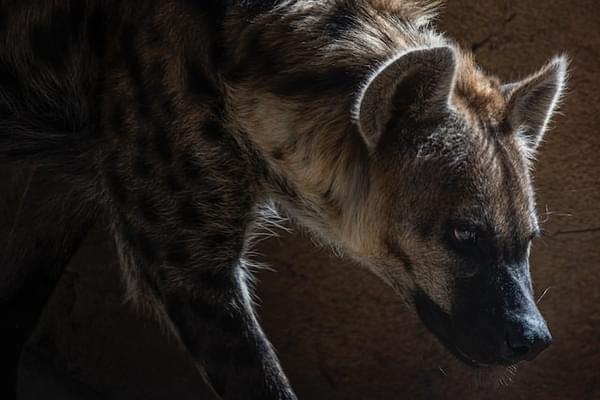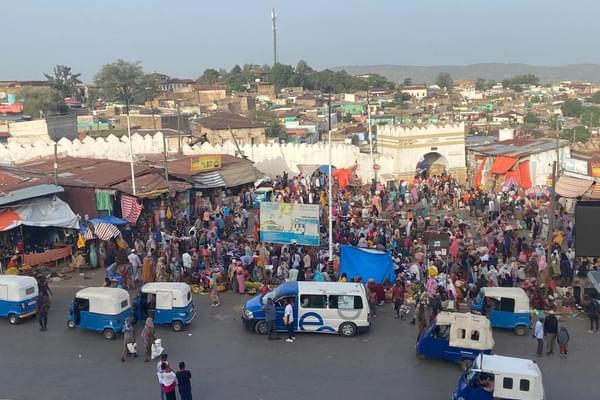Ethiopia Trip Inspiration
Speak to a Ethiopia expert today
and start planning your tailor-made holiday

Alistair


Can't decide where to go? Why not peruse some of our most popular destinations for inspiration then give us a call!
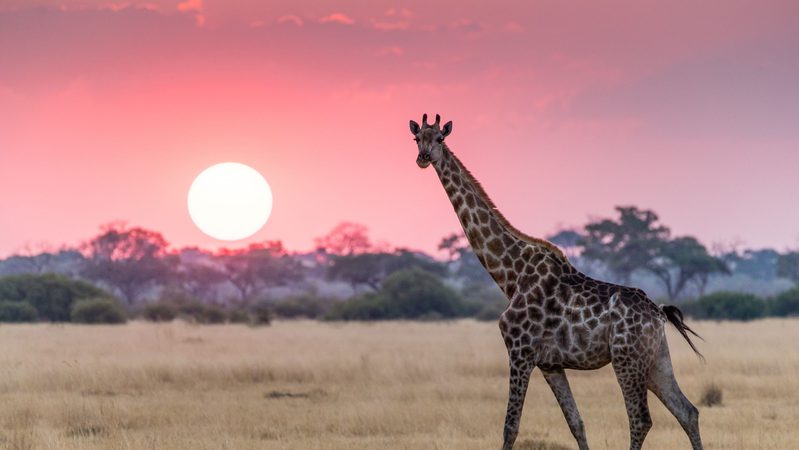
A diverse land brimming with superb safaris, pristine sandy beaches, towering snow-capped peaks and tropical underwater worlds is just waiting to welcome you

Australia offers vibrant cities, diverse landscapes, and iconic wonders like the Great Barrier Reef. New Zealand adds dramatic scenery, Maori culture, and relaxed charm. Together, they promise nature, adventure, culture, and warm hospitality.

If you're dreaming of an island getaway, look no further than the Caribbean with its gorgeous soft sand beaches and lively, diverse cultures.

Head to the amazing destination that is Central America, full of the knowledge of ancient civilizations, incredible mountains, and beautiful beaches.

Discover vibrant cultures, pristine beaches, and tantalizing flavours in the captivating travel haven that is East and Southeast Asia

Embark on a journey through the vibrant tapestry of India, Sri Lanka, and Bhutan—where ancient temples, lush tea plantations, and soaring Himalayan peaks promise unforgettable moments at every turn.
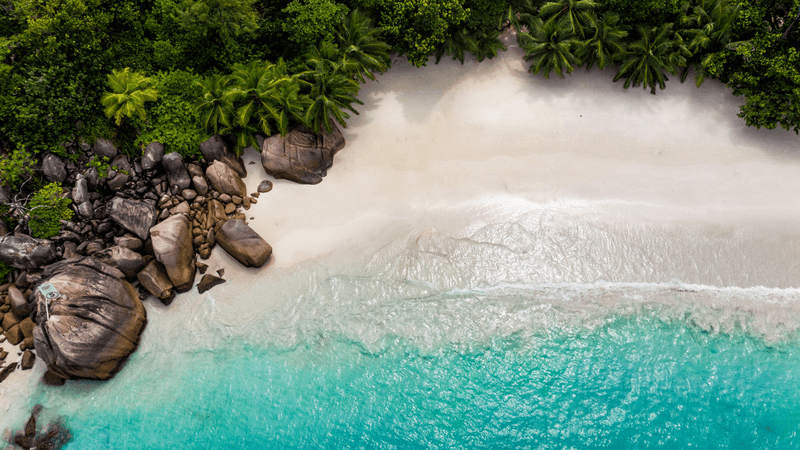
Picture yourself basking on sun-kissed beaches, sipping tropical cocktails beneath swaying palms —where crystal-clear lagoons and luxurious resorts cater to your every desire.

Experience world-class hospitality, mouthwatering cuisines, and the region’s deep-rooted cultural traditions for an unforgettable Middle East adventure.

Venture to the ends of the Earth and behold the icy majesty of polar landscapes. Discover pristine solitude, exhilarating expeditions, and breathtaking views that promise a memorable encounter with nature at its most dramatic
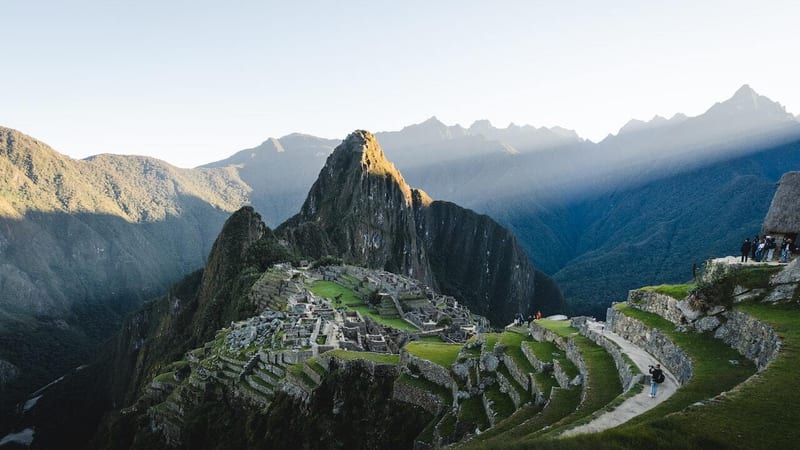
Journey into the heart of South America, where the rhythmic pulse of its vibrant cities meets the majesty of the Amazon rainforest and the timeless wonder of ancient civilizations.
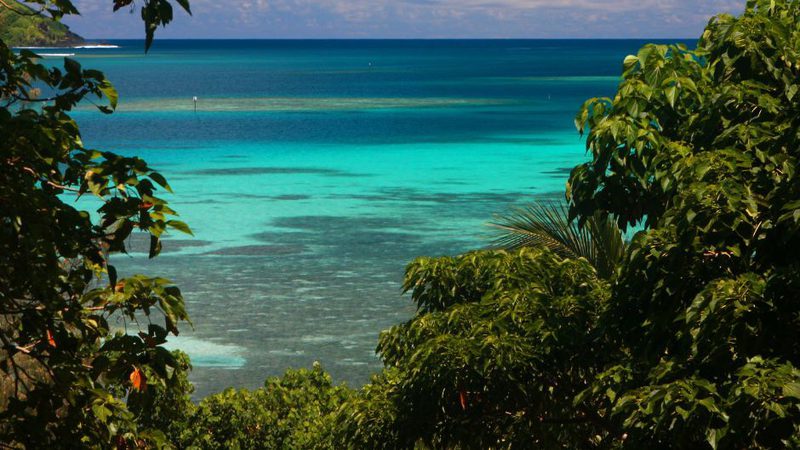
The South Pacific is a paradise of turquoise waters, white-sand beaches, and vibrant island cultures. From adventure and natural beauty to pure relaxation, each island offers its own unique charm and welcome.
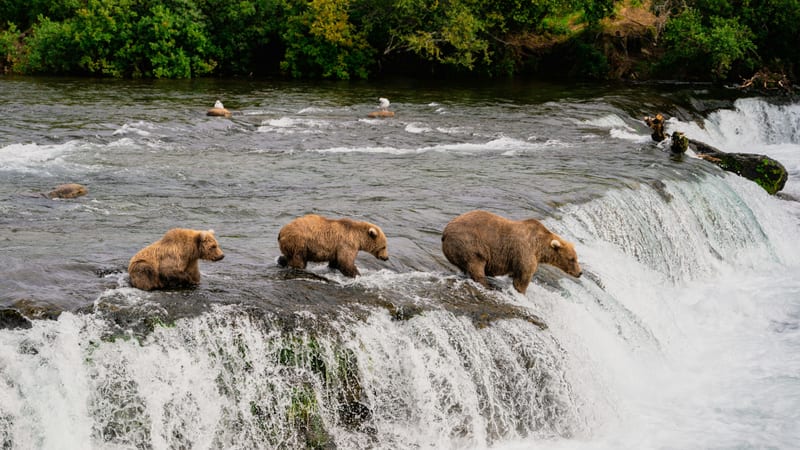
From the soaring plains of the Southwestern USA to the stunning landscapes of the expanses of Canada, visit some of the most impressive scenery in the world

If you are looking for a trip to knock iconic locations off your bucket list, check out our buck list recommendations
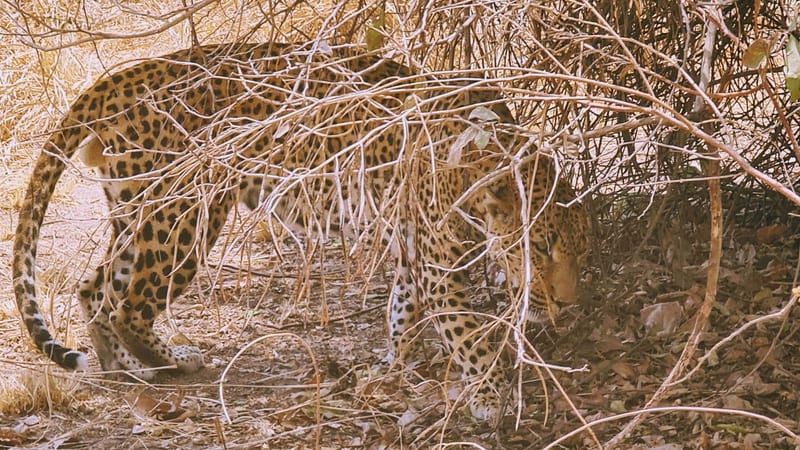
From the graceful stride of giraffes at sunrise to the echoing roars of lions beneath starlit skies, each of our safaris promises an unforgettable dance with nature.


Our family holidays are a perfect opportunity to create lasting memories, whether exploring new destinations or simply enjoying quality time together. From adventure-filled escapes to relaxing beach retreats, they offer a chance to reconnect and unwind away from daily routines.

Our luxury holidays offer the finest experiences, from exclusive resorts and private villas to tailor-made adventures with impeccable service.

For those seeking adventure beyond the usual tourist trails, our off-the-beaten-track trips take you to some of the world’s most remote and untouched destinations, where authentic cultural encounters and breathtaking landscapes await. Let us craft your unique journeys that few travellers ever experience.
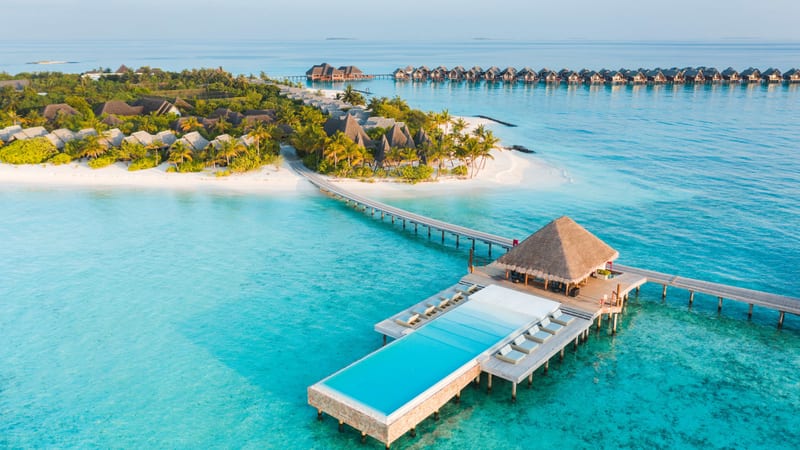
For the ultimate beach escape, we offer luxury holidays to some of the world’s most stunning coastal destinations, from the white-sand shores of Antigua to the turquoise waters of Zanzibar.

For those who crave excitement and exploration, our adventure holidays take you to some of the world’s most thrilling destinations, whether trekking through Patagonia, summiting Mount Kenya, or kayaking past icebergs in Antarctica.

Interested in something a bit more focused? How about a horse-riding holiday through Argentina? Or a photography safari? Look through our Special Interest holiday selection for inspiration

Our wildlife holidays invite you to step into unique ecosystems and experience amazing animal encounters. Whether spotting majestic tigers in the jungles of India or marvelling at polar bears in the Arctic, each trip promises awe-inspiring moments steeped in the magic of nature.

Our small group tours offer the perfect balance of expert-guided exploration and personal experience, taking you to incredible destinations with like-minded travellers. Whether it's a wildlife safari in Botswana, a cultural journey through Vietnam, or a chef-led expedition through India, our carefully curated itineraries ensure an intimate, enriching, and hassle-free experience.

Sustainability travel is at the core of what we do and a guiding principle in every choice we make as a business. Let us help you make sustainable travel choices
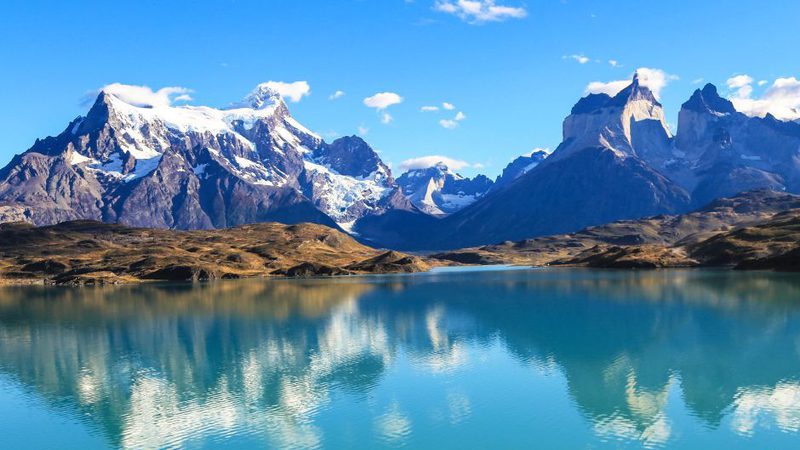
Read about what we do to make a difference
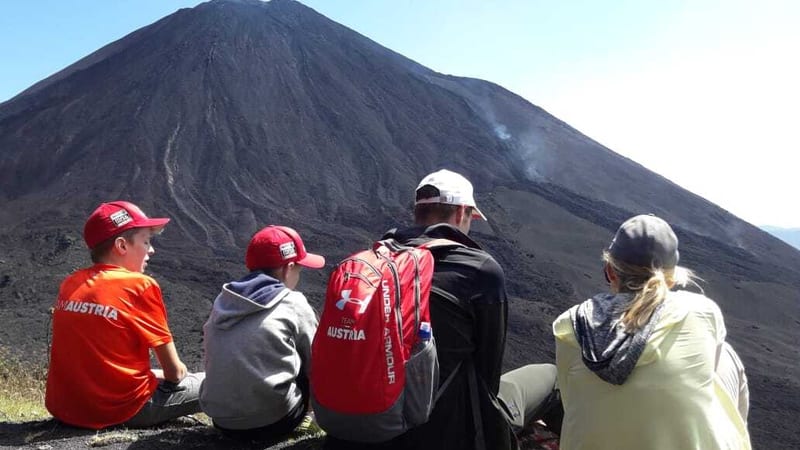
One of the most important parts of our commitment to responsible travel is protecting our clients, and it is a part that we take extremely seriously.
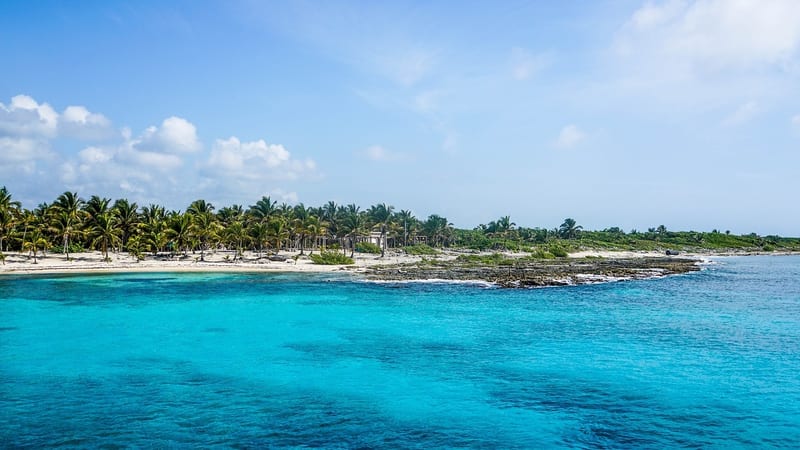
Not sure what's best for which time of year? Check out our expert-written guides

Looking for some expertise on your destination? Have a look through our selection of guides and articles written by our destination experts

Looking for more inspiration? Read from our range of hundreds of articles from our travel specialists, local guides, and personal travel tales.
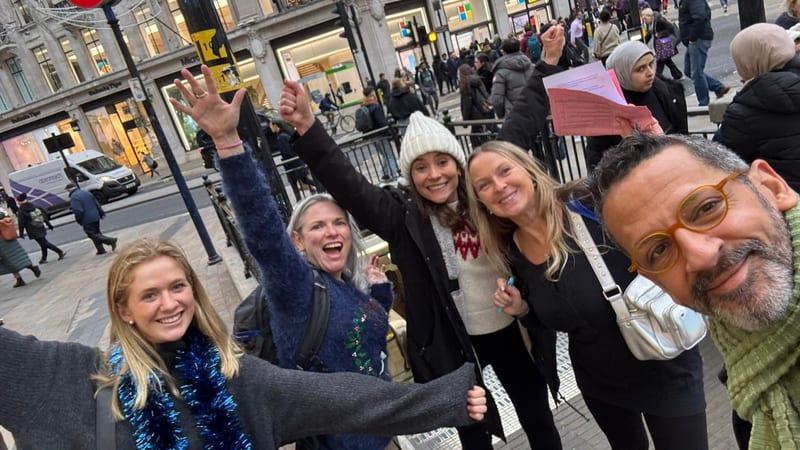
Our mission is to make every holiday special. We will do this whilst specifically aiming to minimise the environmental impact of our activity and maximise our opportunity to influence others to do the same.
Ethiopia specialist Ben reflect on his experience travelling to the Omo Valley
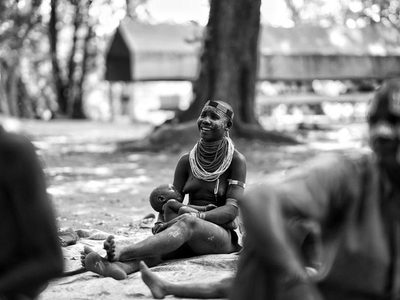
Our Ethiopia specialist Ben reflects on his experience travelling to the Omo Valley, a beautiful part of Southern Ethiopia and home to fascinating tribes. Whilst there are undoubted challenges of travelling to this part of the country, when done correctly it is an incredibly rewarding addition to time in the North or a fascinating trip in its own right.

Ben reflected on his visit to the Omo Vallet by saying: “In stark contrast to the dry and dusty highlands of Northern Ethiopia, the South of the country, and the Omo Valley in particular is an area of lush, verdant valleys, perennial rivers and the lakes of Africa’s Great Rift Valley. The main attraction for visiting the area is undoubtedly the chance to see some of the tribes of the Omo Valley which are spread from the area around the small town of Konso all the way down to the border with Kenya where the Omo River flows into Lake Turkana."
Ben continued "Whilst much conjecture exists as to whether visiting the Omo Valley, and the tribes in particular, is the “right” thing to do, it is undoubtedly an amazing area and an incredibly rewarding one to visit. We are confident the work we have done in selecting and vetting guides avoids any issue of tourism creating conflicts for the tribes and allows you to see them in an authentic and undisturbed environment.
Some of the tribes in the area remain incredibly secretive, choosing to move away from the expanding network of roads and smaller towns into the deep bush to avoid contact with the outside world, and it is important these tribes are allowed to do just that, whilst others openly tout their unique position to visitors looking to get an insight into their fascinating way of life”.
By working with a hand-selected and vetted group of guides whom we have travelled with ourselves, we aim to give our guests the most authentic experience possible of the Omo Valley, including visits to the following tribes:
The Mursi – Perhaps the best-known of the tribes of the Omo Valley, The Mursi are some 8,000 in number, living in the area between the Omo and Mago Rivers. The most distinctive feature of The Mursi (which has lead to their notoriety) is the tradition of their women sporting disced lips, a process which starts in their early teens and stretches far in to womanhood. Whilst the origins of this tradition are disputed, many believe it to have been an exercise in stopping their plundering by slave raiders, who chose their victims very much based on physical appearance. For Mursi males the path to manhood is no less painful, with a series of fighting rituals to be undertaken before they can choose their wife. The Mursi are renowned for being one of the more “upfront” tribes when it comes to asking for money for photographs and village tours, so bear this in mind when visiting their villages.
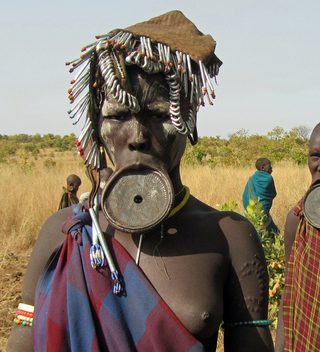
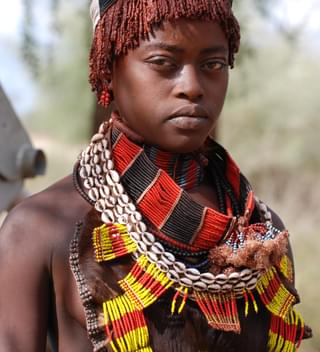
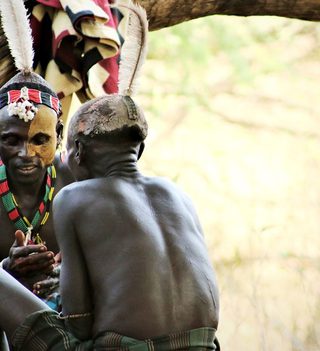
The Konso – One of the hardier of the tribes of the Omo Valley, the Konso are largely agricultural people, growing their crop of sorghum on their specially adapted terraces in the steep, rocky hillsides around the town of Konso, from which they take their name. Unlike many of the other tribes of the Omo region, the Konso aren’t renowned for distinguishing themselves with body modifications or any distinctive ceremonies, but more for the order of their society, which is more Western than many other tribes, with a strict hierarchy driven by wealth and status. Their orderly villages are amongst the most picturesque of the Omo Valley and arguably a more striking photography subject than the inhabitants themselves. This is not designed to paint a picture of the Konso being boring, their resilience to exist in one of the less fertile regions of the Omo Valley is to be admired and an hour or so spent with them when passing through breaks up the journey down to Jinka.
The Karo – Formerly a pastoralist tribe who lost their cattle to pestilence some years ago, The Karo people now survive as crop growers and have an association to the neighbouring Hamer people. Relatively easy to access from the village or Turmi, The Karo are renowned for being interesting photography subjects, driven by their tradition of scarification, as well as their colourful body art and extravagant hairstyles. The scarification, much like the lip-discing of The Mursi may well have its roots in discouraging the slave trade, whilst the daubing of their bodies with a white chalk is clearly a celebratory act. Arriving when one of these celebrations is taking place would be rare to say the least, but for a small fee you can witness a more “contrived” dance by villagers. They also boast intricate hair styling, which is bound up in to tight buns atop their heads which, for the men signifies a victory in battle or the killing of an especially dangerous animal.
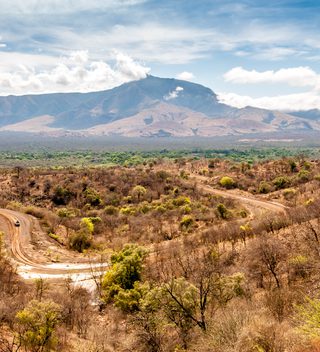
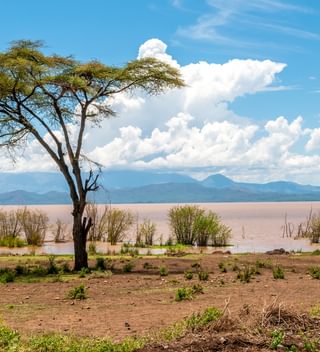

The Hamer – One of the most celebrated tribes of the Omo Valley, the Hamer people number some 70,000, occupying a large area from the Omo River in the West, across to Lake Chew Bahir in the East, including a number of villages in the area immediately surrounding the small village of Turmi. The latter point makes them one of the easiest tribes to visit, with Turmi acting as the main base for exploring the Southern part of the Omo Valley. The attraction of visiting the Hamer people is threefold, starting with the fascinating hair styling, which involves moulding a thick ochre clay in to the hair, which then sets solidly atop their heads. This is then decorated with all manner of coloured items, from beads to bottle tops to make them fascinating photography subjects. They are also renowned for their tradition of scarification, in both men and women, which although it can appear disturbing, is an important part of Hamer life.
Perhaps the most celebrated feature of the Hamer people though is their bull jumping ceremonies. In short, these are a part of the “coming of age” of young men of the Hamer, to proceed their marriage to a female of their choice. The jumping itself is the culmination of a three day ceremony, usually taking place to coincide with the harvest periods between February to April and July to September. Participants are required to jump along the backs of a line of bulls, continuing to do so until they are deemed worthy of marriage by their elders. The ceremony itself is a much longer, and often raw display of Hamer culture, but the bull jumping is a popular site for visitors to the area and, as long as it is viewed as a key part of their lives, is an interesting spectacle.
The Dasani – The semi-nomadic Dasanaech people, who are believed to have their origins on the shores of Lake Turkana in neighbouring Kenya, now have a small outpost on the Western banks of the Omo River, accessible by boat with a local guide. Being semi-nomadic they live in small, lightweight huts, designed for easy movement if the village changes location and are an interesting side-trip if you have made the journey all the way down to the Omo River.
The Aari – The Ari are the largest of the tribes of the Southern Omo, numbering some 320,000. The Aari people are also arguably the most westernised of the tribes, within many of them eschewing traditional dress for more western clothes, although the women still adorn themselves with traditional colourful jewellery. In part this westernisation can be attributed to the proximity of a number of their villages to the town of Jinka, the largest and most significant in the Omo Valley, so modernisation is in a way inevitable. They sustain themselves with a mixture of agricultural and keeping livestock, as well as being renowned as bee keepers, producing excellent honey that can be bought from their villages.
Wondering when to visit? Take a look at our best time to visit Ethiopia.
Looking for some more inspiration? Take a look at our best safari holidays ideas, our favourite family safaris, our big five safari guide or our top African safari honeymoon suggestions.
and start planning your tailor-made holiday


What can I say….my son and myself had the most wonderful time in Kenya thanks to the first-class itinerary that Ben and Louise put together for us. We spoke with Ben many times to ensure he ‘got it right’. This was our 2nd visit to Kenya, and it certainly lived up to our expectations and memories. Nothing was too much trouble for all the staff; we cannot have been looked after any better. I would highly recommend Far and Wild; they are so knowledgeable and have personally visited the lodges and areas. We are already planning another visit, and we cannot wait.
I have just returned from the most amazing trip to Tanzania, booked with Far & Wild. Everything went so smoothly from the first time I spoke with them. The planning was great, the itinerary was perfect for us, and the lodges were amazing. We spent 10 nights with an amazing guide, travelling through Northern Tanzania and even got to see the migration, which was a lifetime ambition of mine. This wasn't our first safari, so we were nervous as to how it would compare, but it was spot on. I will certainly be using them again to book our next trip....we're thinking of a relaxing beach stay next time to get over the excitement of safari!
Just back from another amazing F&W organised trip to Namibia with the family (8 adults). Having been there before, Alistair tailored our trip to include our favourite locations and added a new one for us, which we loved.The quality of accommodation and guiding, activities, food and drinks was exceptional throughout. It was good value for the level of luxury we had.
We had a wonderful trip to São Tomé and Príncipe - a small island nation in the Gulf of Guinea with paradise (almost empty) beaches and jungle forest. It was all well organised by Far and Wild and we stayed at a great combination of different types of resorts/hotels. We really recommend this for those who want to experience a pristine destination with few other tourists and friendly and welcoming people. The islands also feel very safe. At Principe, there are no dangerous animals, snakes or whatever, and it was great to be able to hike in the jungle without being very conscious of where to put your hands and feet. Go before everyone else does!
Back home again, basking in the joys of a superb safari. Every aspect you arranged for us, including linking up with Mack Air and Wild Horizons locally to transport us. The choice of camps was ideally situated, comfortable, in good surroundings, and with excellent wildlife on the doorstep and throughout the wider country. The service staff in each looked after us very well, catering was excellent, and the game guides were professional, knowledgeable and helpful. You made us happy, and we recommend you to similar safari enthusiasts with confidence.
Far and Wild went above and beyond to make sure my trip to Zambia was special. I would definitely recommend them and their services to anyone wanting to travel to Africa.
Lovely holiday at the amazing Almanara on Galu beach, a beach like no other. Far and Wild excelled themselves from beginning to end of our holiday in beautiful Kenya.... What a country!,
Wow! These guys are amazing. Can’t recommend them highly enough. Friendly AND efficient! Sorted out our trip (last minute and lots of different family member needs, sorry!) in record time and everything worked like clockwork. Trip of a lifetime to the Masai Mara. Will be back (and use F&W again!)!
It was a dreamy holiday on the Kenyan Coast - Far and Wild, their efficiency and professionalism allowed us to relax and be the happiest family alive !! We cannot fault them, their care and understanding of what we wanted from a holiday ensured we had the most memorable trip. We will be booking with them again for sure!
Get travel tips directly to your inbox every week
Give us a call on 0203 111 1315 or fill in the form below and we’ll be in touch.
